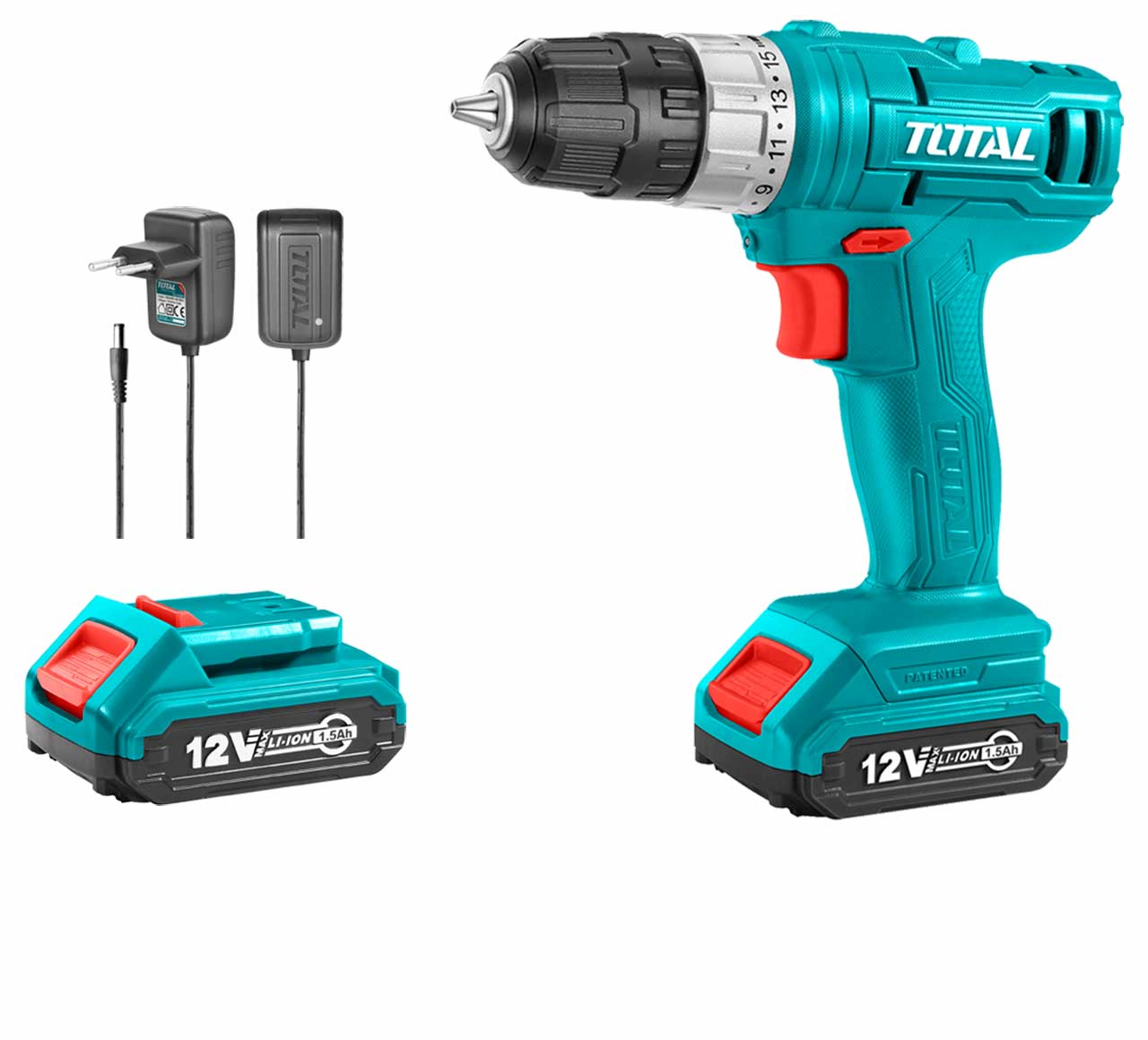

Articles
Who Invented Cordless Power Tools
Modified: February 22, 2024
Discover the fascinating history of cordless power tools in this informative article. Learn about the inventors and innovations that revolutionized the industry.
(Many of the links in this article redirect to a specific reviewed product. Your purchase of these products through affiliate links helps to generate commission for Storables.com, at no extra cost. Learn more)
Introduction
Power tools have revolutionized the way we work, providing efficiency, speed, and accuracy to various industries. From construction sites to woodworking workshops, power tools significantly enhance productivity and reduce manual labor. Among the vast array of power tools available today, cordless power tools stand out as a game-changer.
Cordless power tools offer the freedom and flexibility to work without the constraint of a power cord. With advancements in battery technology, these tools have become a staple in both professional and personal toolboxes. But who invented cordless power tools? Let’s take a journey into the history of these innovative devices to uncover their origins and evolution.
Key Takeaways:
- Cordless power tools, born out of the need for freedom from power cords, have revolutionized industries and DIY projects, offering unparalleled mobility, convenience, and safety.
- Advancements in battery technology, motor efficiency, and design have propelled cordless power tools to new heights, shaping the future of the tool industry with their unmatched convenience and performance.
Read more: Which Cordless Power Tools Are The Best
Early Development of Power Tools
The development of power tools can be traced back to the late 19th century when electrical energy started becoming more accessible. Initially, power tools were primarily powered by large, stationary motors, limiting their mobility and practicality. These tools were mainly used in industrial settings and required a direct power source, usually through a cord connected to a power outlet.
The invention of the electric motor by Thomas Edison and the subsequent development of alternating current (AC) and direct current (DC) systems paved the way for the advancement of power tools. As electrical systems improved, so did the efficiency and effectiveness of power tools.
With industrialization on the rise and the demand for improved productivity, power tools began to evolve rapidly. The introduction of portable electric drills and saws in the early 20th century marked a significant milestone in the history of power tools. These tools were connected to power sources through long cables, allowing for increased portability within a limited radius.
While these early power tools provided greater convenience compared to their stationary counterparts, they still lacked the freedom and mobility that cordless tools would later offer. It became evident that a breakthrough was needed to liberate power tools from the constraints of power cords and enable users to work more efficiently in various environments.
The Need for Cordless Power Tools
As professionals and DIY enthusiasts relied on power tools for their tasks, it became apparent that the presence of a cord severely limited the accessibility and usability of these tools. Corded power tools required access to a power outlet or an extension cord, which often restricted users to a specific area or forced them to constantly adjust their workspace to accommodate the cord.
This limitation posed significant challenges in construction sites, remote locations, and projects where mobility was crucial. It also increased the risk of accidents, such as tripping over cords or inadvertently damaging the cord while working. The need for a solution that offered portability, flexibility, and ease of use drove the demand for cordless power tools.
Additionally, the power cords limited the reach and maneuverability of traditional power tools, creating hurdles while working on large projects or in tight spaces. Carrying around long extension cords or constantly repositioning power tools to reach different angles became cumbersome and inefficient. There was a clear need for power tools that could operate without the limitations imposed by cords.
Furthermore, as technology advanced and batteries became more reliable and efficient, the potential for cordless power tools became increasingly apparent. The ability to have a self-contained power source within the tool itself promised a level of convenience and freedom never seen before in the realm of power tools.
The advent of cordless power tools not only addressed the practical challenges faced by professionals but also catered to the needs of the average consumer. DIY enthusiasts could now tackle home improvement projects without worrying about cord lengths or finding outlets in hard-to-reach areas. The demand for cordless power tools grew rapidly as more people recognized the benefits of these innovative devices.
The Beginnings of Cordless Power Tools
The development of cordless power tools can be traced back to the mid-20th century when engineers and inventors began exploring the concept of portable, battery-powered tools. In 1961, a breakthrough in cordless technology occurred with the introduction of the first rechargeable nickel-cadmium (NiCad) battery by the Swedish company, AB Yrjö Liinamaa.
The NiCad battery was a game-changer as it allowed for a reliable and portable power source for a variety of applications, including power tools. This breakthrough in battery technology unlocked the possibility of cordless power tools, providing users with newfound freedom and mobility.
Following the development of the NiCad battery, companies worldwide began experimenting with cordless power tools. The Japanese electronics company, Makita, played a significant role in the early days of cordless power tools. In the early 1970s, Makita introduced the first cordless drill powered by a rechargeable battery. The introduction of the cordless drill revolutionized the way construction professionals worked, making drilling and fastening tasks more efficient and convenient.
As the demand for cordless power tools grew, other manufacturers recognized the potential of this innovative technology. Companies like Black & Decker, Bosch, and DeWalt entered the market with their own cordless power tools, further advancing the technology and expanding the range of available tools.
In the early years, cordless power tools were limited in terms of power and runtime. The size and capacity of batteries were relatively small, resulting in shorter operating times and reduced power compared to their corded counterparts. However, ongoing developments in battery technology allowed for improvements in battery capacity, leading to longer runtime and increased power output in subsequent generations of cordless power tools.
Over the years, cordless power tools continued to evolve, becoming more compact, lightweight, and powerful. Lithium-ion (Li-ion) batteries replaced NiCad batteries, offering higher energy density, longer runtime, and reduced weight. These advancements in battery technology enabled cordless power tools to match and sometimes surpass the performance of corded tools in many applications.
Today, cordless power tools have become a staple in numerous industries and households. From drills and saws to impact drivers and angle grinders, there is a wide range of cordless power tools available to suit various needs. With continued advancements in battery technology, we can expect further improvements in runtime, power, and versatility, solidifying cordless power tools as the go-to choice for professionals and DIY enthusiasts alike.
The first cordless power tool was invented by Black & Decker in 1961. This innovation revolutionized the construction and DIY industries, providing greater mobility and convenience for users.
The First Cordless Power Tools
The first cordless power tools to enter the market were primarily drills, as they were among the most widely used and versatile tools of the time. Makita’s introduction of the cordless drill in the early 1970s marked a significant milestone in the history of cordless power tools. Their groundbreaking drill, powered by a rechargeable battery, offered portability, ease of use, and convenience that was unparalleled at the time.
Black & Decker, a renowned company in the power tool industry, also played a pivotal role in the early development of cordless power tools. In 1979, they introduced the first cordless screwdriver, which quickly gained popularity among both professionals and DIY enthusiasts. This compact and lightweight tool allowed users to drive screws effortlessly without the hassle of cords, making it an instant game-changer.
As the demand for cordless power tools grew, more companies joined the race to innovate and meet market needs. Bosch, another prominent name in the power tool industry, introduced their first cordless power tool, the IXO screwdriver, in 2003. This compact, handheld tool provided exceptional performance and versatility, further solidifying the prominence of cordless power tools in the industry.
DeWalt, a brand known for its high-quality power tools, made significant contributions to the evolution of cordless power tools. In 1994, they launched their first line of cordless power tools powered by nickel-cadmium batteries. These tools featured extended runtime and increased power, setting a new standard for cordless performance.
The first cordless power tools offered a newfound level of convenience and mobility, but they still had limitations compared to their corded counterparts. The battery technology at the time limited the runtime and power output of cordless tools. However, as technology advanced, manufacturers recognized the need for better battery solutions to enhance the performance of cordless power tools.
Today, the market is flooded with a wide range of cordless power tools that have come a long way since their humble beginnings. Cordless drills, impact drivers, circular saws, angle grinders, and many other tools are now available in cordless versions, offering exceptional power, runtime, and versatility. Lithium-ion batteries have replaced nickel-cadmium batteries, providing longer runtime, faster charging, and improved power delivery.
Innovation and competition continue to drive the development of cordless power tools. Manufacturers are constantly pushing the boundaries, developing more powerful motors, ergonomic designs, and smart technology integration. Cordless power tools have become indispensable in various industries and DIY projects, offering professionals and enthusiasts the freedom to work efficiently and effectively without the limitations of cords.
Read more: Who Invented Hand Tools
Innovations and Advancements in Cordless Power Tools
Since their inception, cordless power tools have undergone continuous innovations and advancements, making them increasingly powerful, versatile, and user-friendly. These improvements have stemmed from advancements in battery technology, motor efficiency, tool design, and electronic controls. Let’s explore some key innovations that have shaped the evolution of cordless power tools.
One of the most significant advancements in cordless power tools is the adoption of lithium-ion (Li-ion) batteries. Li-ion batteries offer higher energy density, longer runtime, and reduced weight compared to their predecessors. This breakthrough in battery technology has revolutionized the performance and usability of cordless tools, allowing users to work for longer durations without frequent recharging and without sacrificing power. Additionally, Li-ion batteries have minimal self-discharge, providing consistent power over extended periods.
Another notable innovation is brushless motor technology. Brushless motors use permanent magnets instead of brushes to generate power, resulting in higher efficiency, increased power output, and longer motor life. These motors are also lighter and produce less heat, minimizing the risk of overheating and improving the overall performance and longevity of cordless power tools. Brushless motors have become a standard feature in many high-end cordless tools, delivering superior power and durability.
Cordless power tools have also seen advancements in tool ergonomics and design. Manufacturers have made significant strides in reducing the weight and size of cordless tools, making them more comfortable to hold and maneuver. Additionally, ergonomic features such as rubberized grips, adjustable handles, and optimized balance have been incorporated to minimize user fatigue and enhance control during extended use.
Furthermore, technology integration has become a significant trend in cordless power tools. Many tools now feature electronic controls and smart technology, offering enhanced functionality and customization options. Features such as variable speed settings, electronic brake systems, LED work lights, and Bluetooth connectivity have become common in modern cordless power tools. These innovations provide users with greater control, safety, and convenience.
Wireless charging is another exciting advancement in cordless power tools. Some manufacturers have introduced wireless charging systems that allow tools to be charged by simply placing them on a charging pad or dock, eliminating the need for physical connections. This technology not only simplifies the charging process but also improves the durability of power tool batteries by reducing wear and tear on charging contacts.
In recent years, environmental sustainability has become a key focus in the power tool industry. Manufacturers are developing cordless power tools with eco-friendly features, including energy-saving modes, automatic shut-off functions, and recyclable battery systems. These initiatives aim to reduce waste, improve efficiency, and support a greener approach to tool usage.
As technology continues to advance, we can expect further innovations in cordless power tools. Developments in battery technology, motor efficiency, and advanced electronics will likely result in even more powerful, efficient, and feature-rich tools. Cordless power tools will continue to transform the way we work, offering unprecedented freedom, mobility, and performance to professionals and DIY enthusiasts alike.
Impact and Benefits of Cordless Power Tools
Cordless power tools have had a profound impact on various industries and individuals, offering numerous benefits that have transformed the way we work. From construction sites and workshops to home improvement projects, cordless power tools have revolutionized the way tasks are performed. Let’s explore the impact and benefits of these innovative tools.
One of the most significant benefits of cordless power tools is their portability and mobility. With no cords to restrict movement, users can work freely and flexibly, even in areas without a nearby power source. Cordless tools allow professionals to navigate tight spaces and reach elevated areas with ease, thereby increasing efficiency and productivity on the job.
The freedom provided by cordless power tools also extends to remote worksites, where access to electricity may be limited or nonexistent. Construction projects, woodworking in outdoor areas, and repairs in remote locations can now be conveniently undertaken without the need for extensive power cord setups or noisy generators.
The elimination of cords also improves safety in the workplace. Without cords to trip over or get tangled in, the risk of accidents and injuries is significantly reduced. Professionals can focus more on their task at hand, without having to constantly worry about the placement of power cords or accidental damage to the cords while working.
Cordless power tools also offer convenience for DIY enthusiasts and homeowners. With cordless tools, homeowners can tackle home improvement projects without the hassle of searching for power outlets or dealing with the limitations of cord length. The freedom to move around without restrictions allows for greater flexibility in completing tasks, whether it’s installing shelves, assembling furniture, or working on a renovation.
Another advantage of cordless power tools is their versatility. From drills and saws to impact drivers and sanders, a wide range of cordless tools are available to cater to different tasks and industries. These tools enable professionals and DIY enthusiasts to handle a variety of projects with efficiency and precision, reducing the need for multiple tools or additional setups.
Battery technology advancements have significantly improved the runtime and performance of cordless power tools. Lithium-ion batteries provide longer-lasting power, allowing users to work for extended periods without interruption. Rapid charging capabilities also minimize downtime, ensuring that professionals can complete their tasks without unnecessary delays.
In addition to their impact on individual tasks, cordless power tools have contributed to a more sustainable work environment. With no reliance on fuel-powered generators or excessive use of electricity, cordless tools help reduce carbon emissions and energy consumption. Furthermore, the shift towards eco-friendly battery systems and recyclable battery components promotes environmental consciousness.
Overall, the impact and benefits of cordless power tools are widespread and undeniable. These tools provide unprecedented freedom, mobility, and convenience, enabling professionals and DIY enthusiasts to work efficiently and effectively. As technology continues to advance, cordless power tools will continue to evolve, further enhancing their performance and usefulness across various industries and applications.
Conclusion
Cordless power tools have ushered in a new era of convenience, efficiency, and mobility in the world of tools and equipment. From their humble beginnings as portable drills to the vast array of cordless power tools available today, these devices have transformed the way we work, both in professional and personal settings.
The early development of power tools laid the foundation for the need of cordless alternatives. The limitations of corded tools in terms of mobility, accessibility, and maneuverability created a demand for a solution that offered freedom from power cords. Cordless power tools were born out of this necessity, driven by advancements in battery technology and a desire for better user experience.
The introduction of the first cordless power tools, such as drills and screwdrivers, revolutionized industries such as construction, woodworking, and DIY. As the technology progressed, manufacturers expanded their offerings to include a wide range of cordless tools, including saws, sanders, impact drivers, and more. Innovations such as lithium-ion batteries, brushless motors, ergonomic designs, and smart technology integration have further enhanced the performance and versatility of cordless power tools.
The impact and benefits of cordless power tools are far-reaching. These tools provide portability, flexibility, and ease of use, enabling professionals to work efficiently in various environments, including remote locations and tight spaces. DIY enthusiasts and homeowners can now take on projects with greater convenience and freedom. The elimination of power cords has not only improved safety but also increased productivity and reduced downtime.
Cordless power tools have also contributed to environmental sustainability by reducing dependence on fuel-powered generators and promoting efficient energy usage. Advancements in battery technology have resulted in longer runtimes and faster charging capabilities, ensuring professionals can work for extended periods without interruption.
As we look to the future, it is evident that cordless power tools will continue to evolve and innovate. With ongoing advancements in battery technology, motor efficiency, and design, we can expect even more powerful, efficient, and user-friendly tools. The impact of cordless power tools will only continue to grow as professionals and DIY enthusiasts embrace their convenience, versatility, and performance.
In conclusion, cordless power tools have revolutionized the way we work, offering unparalleled freedom, mobility, and convenience. Whether on a construction site, in a workshop, or tackling DIY projects at home, these tools have become essential companions for professionals and enthusiasts alike. With their continuous evolution and endless possibilities, cordless power tools are set to shape the future of the tool industry for years to come.
Frequently Asked Questions about Who Invented Cordless Power Tools
Was this page helpful?
At Storables.com, we guarantee accurate and reliable information. Our content, validated by Expert Board Contributors, is crafted following stringent Editorial Policies. We're committed to providing you with well-researched, expert-backed insights for all your informational needs.
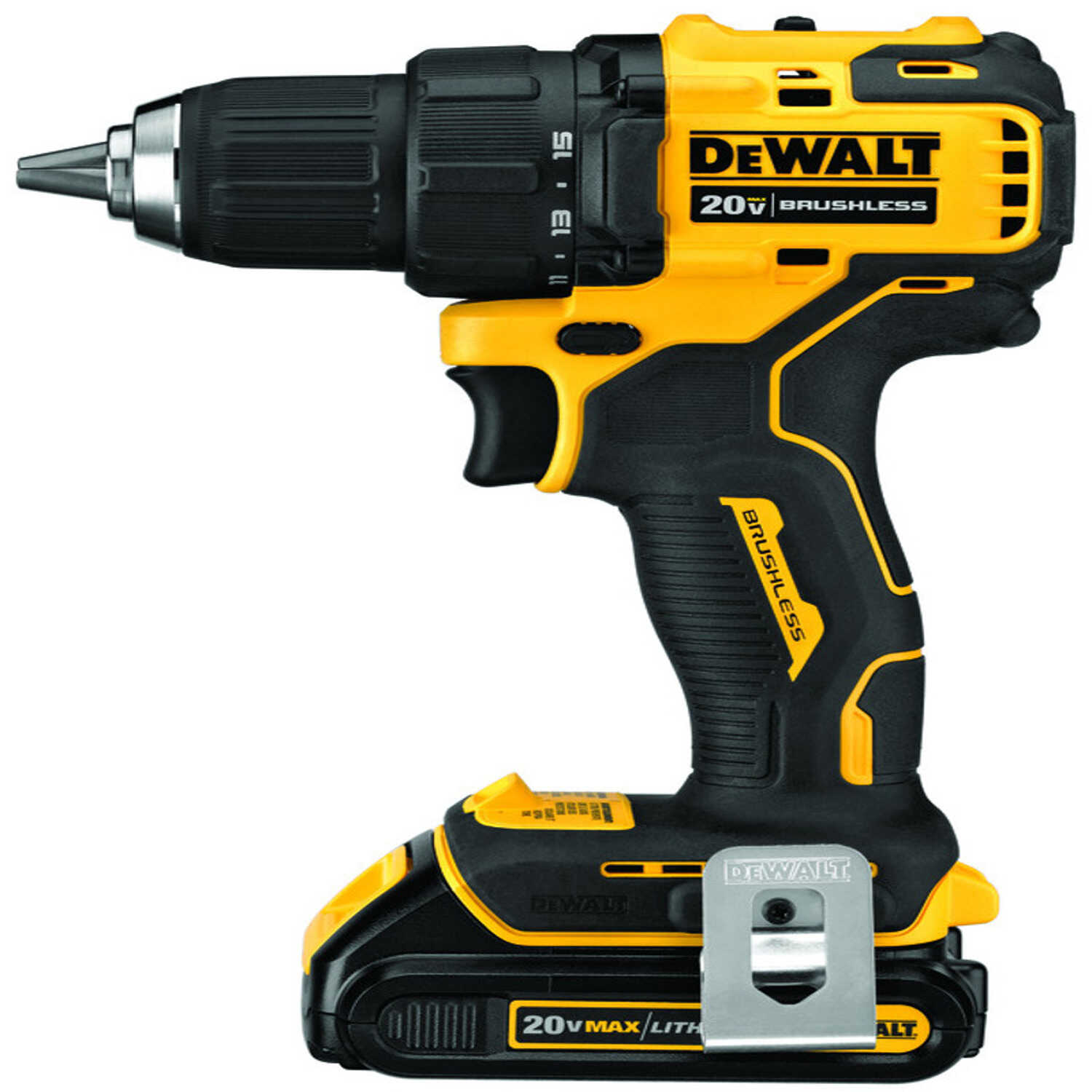
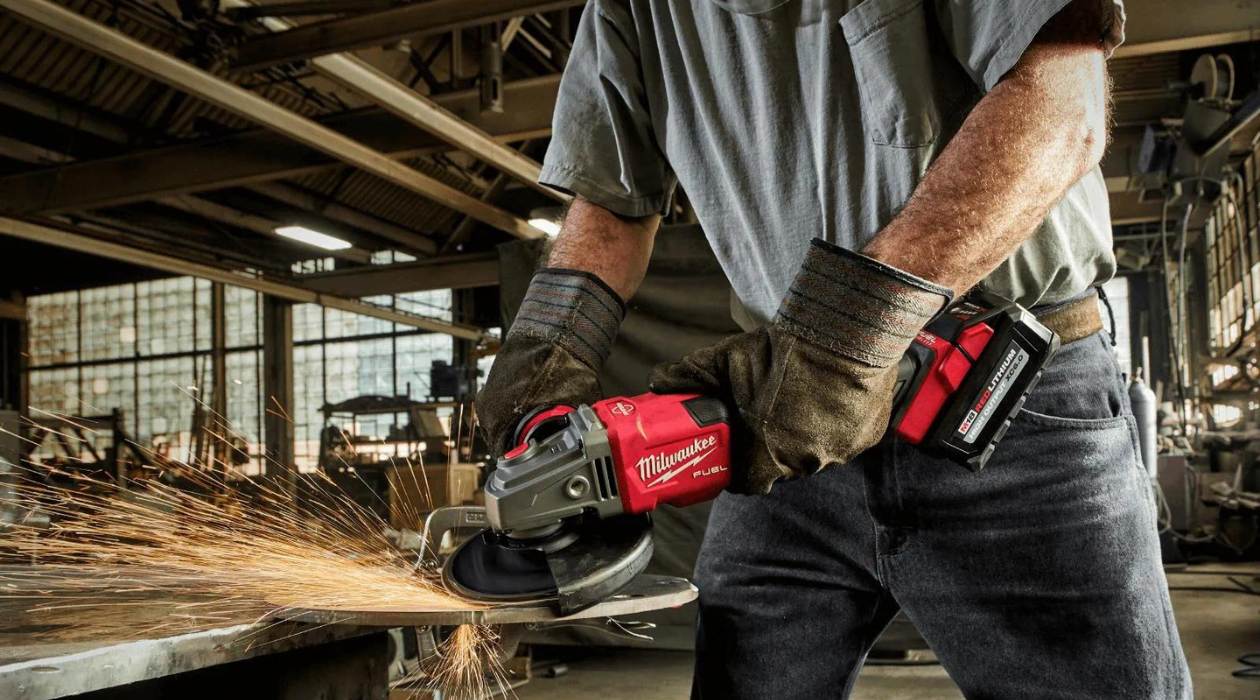
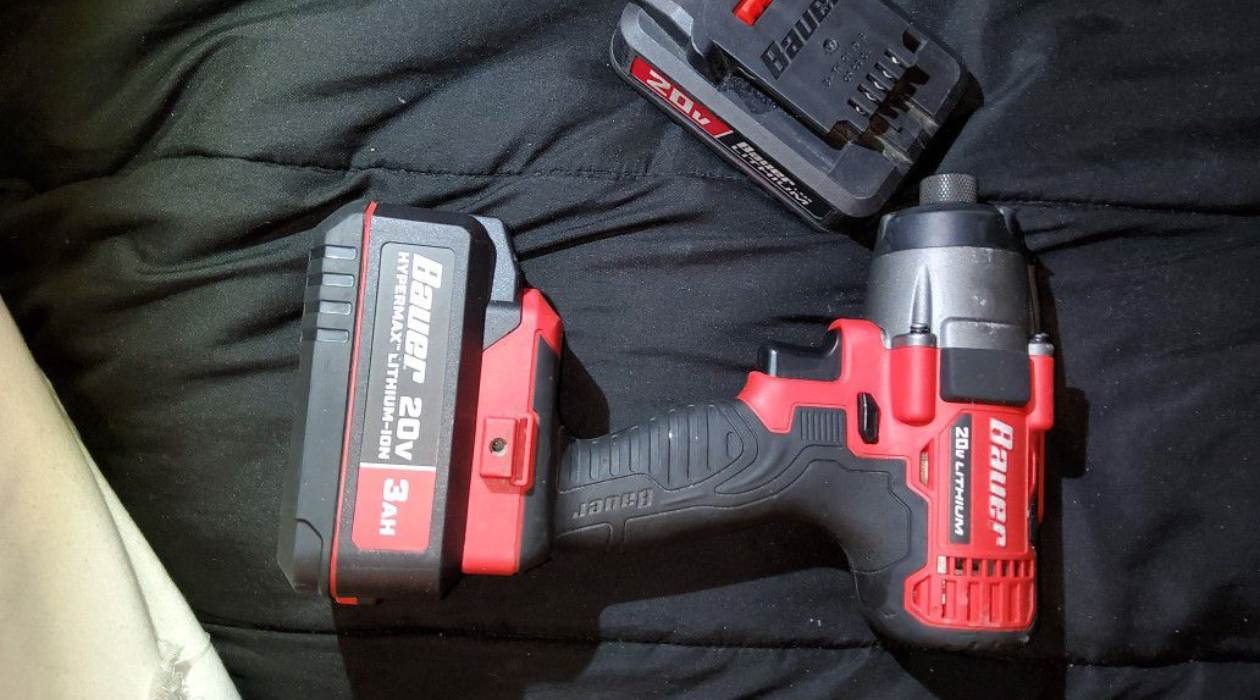
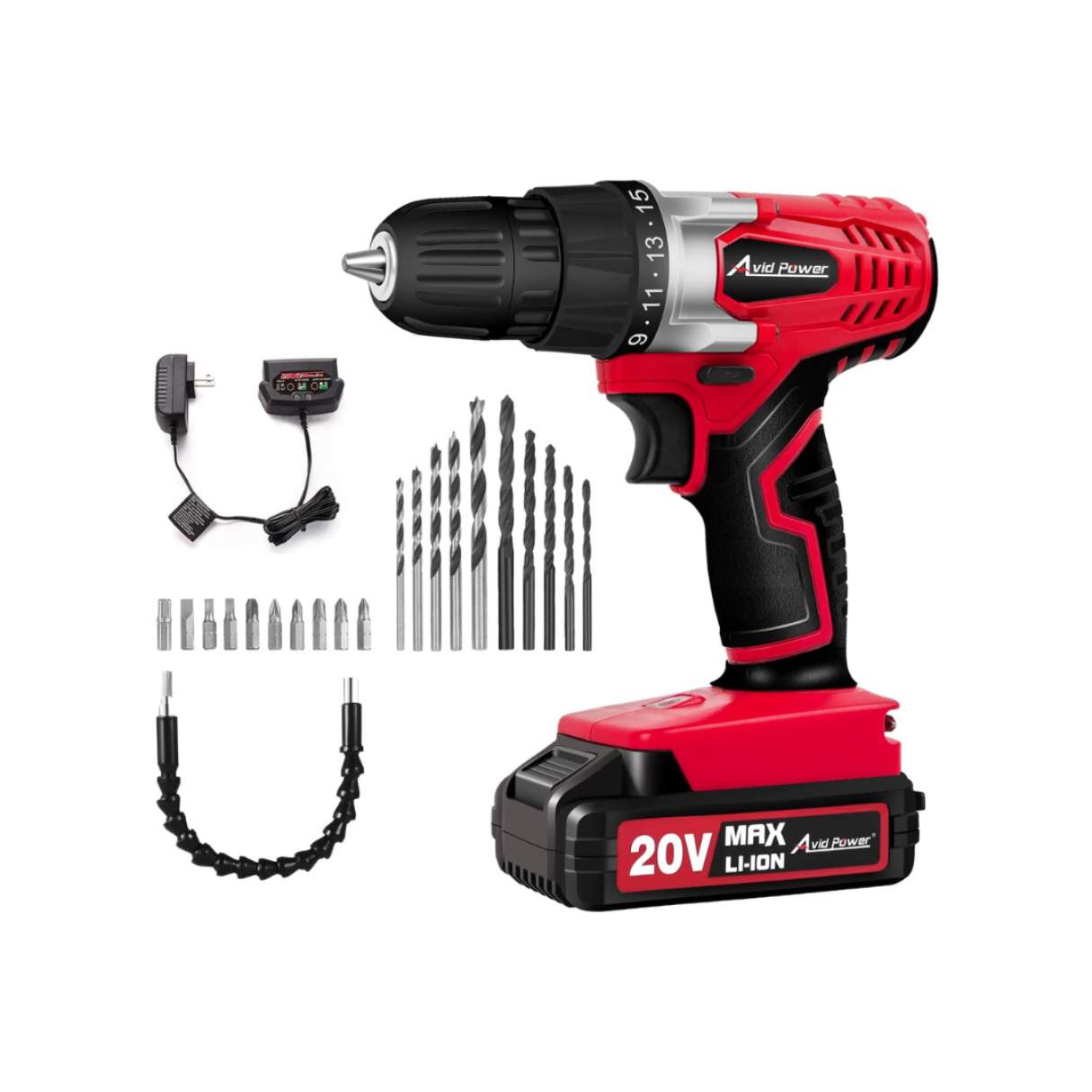
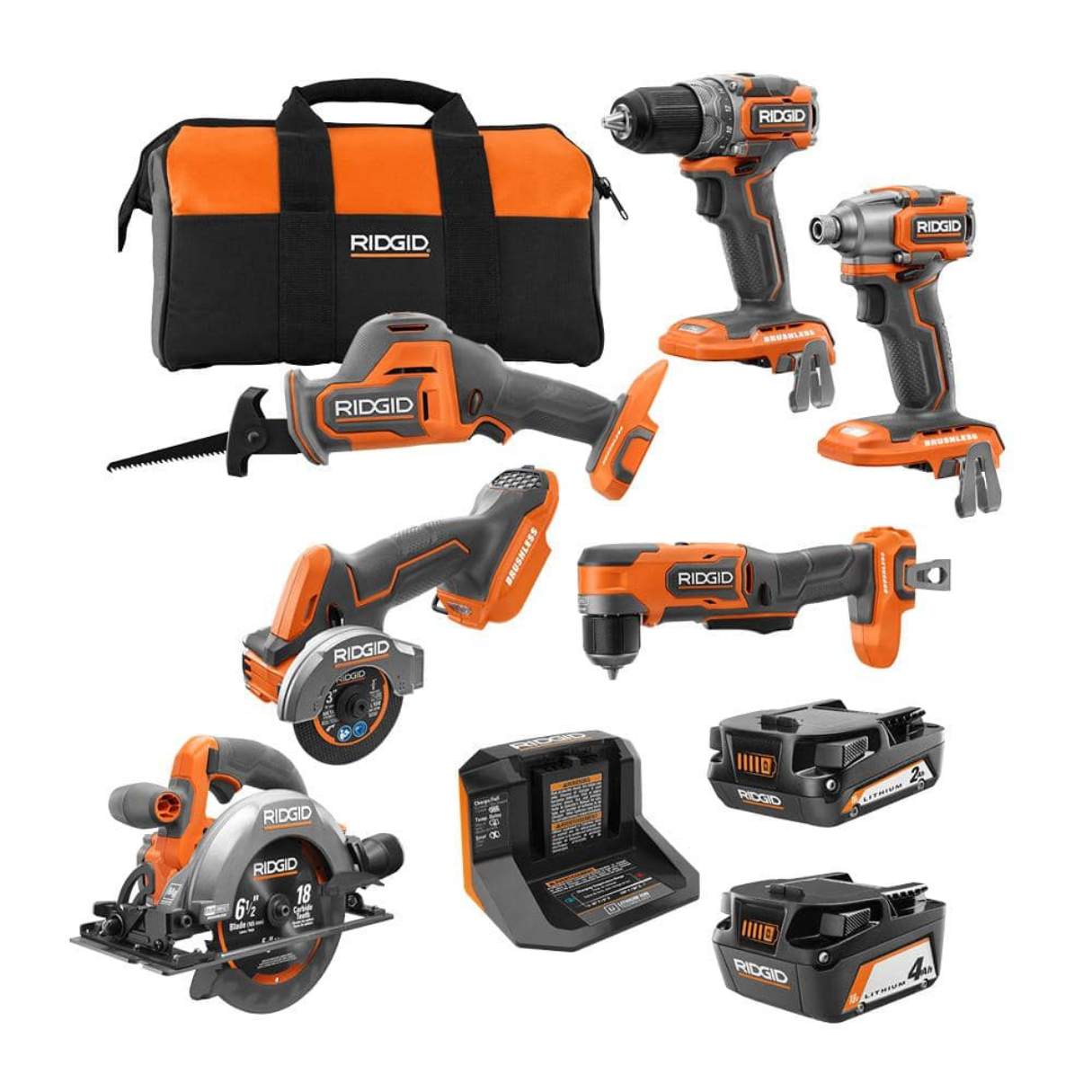
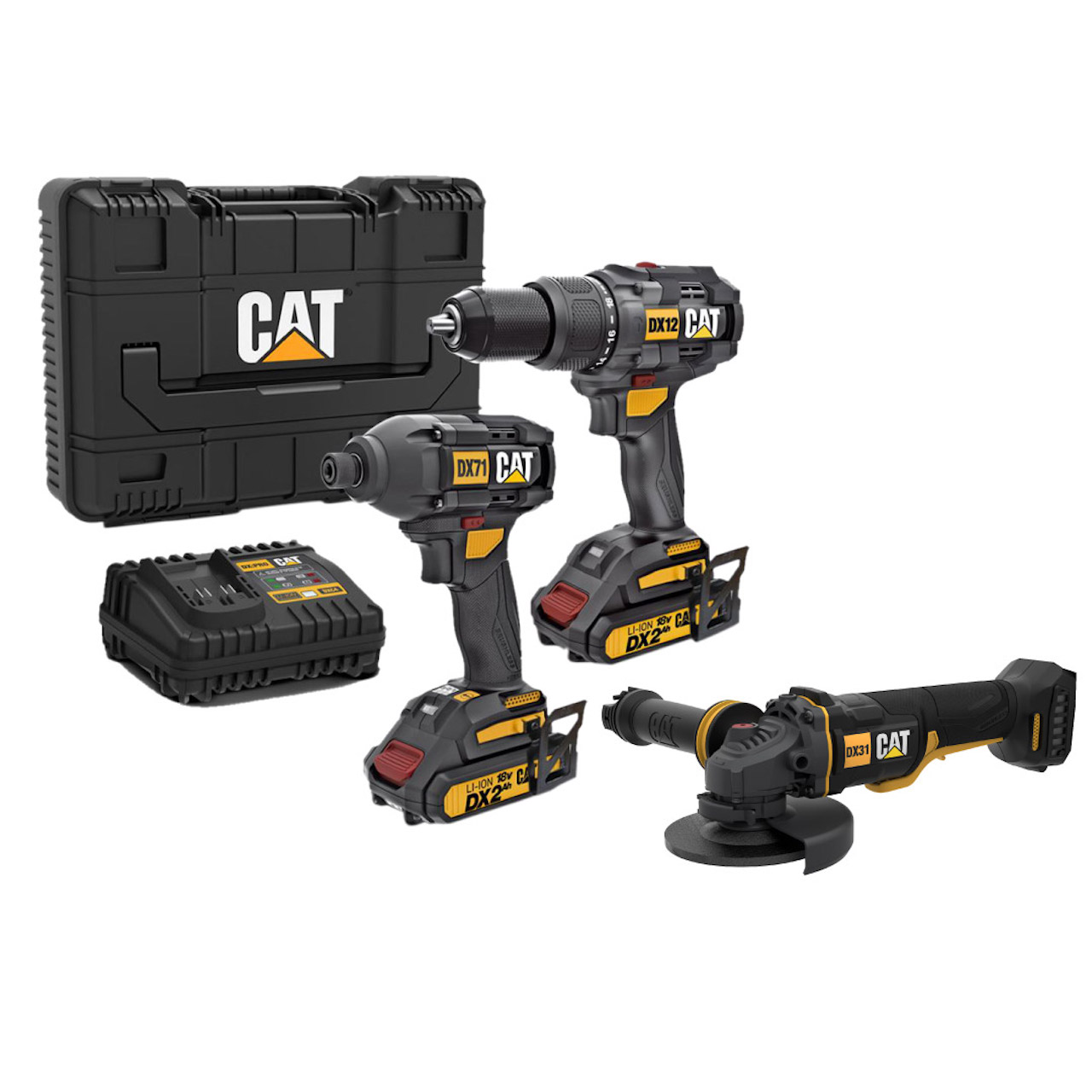
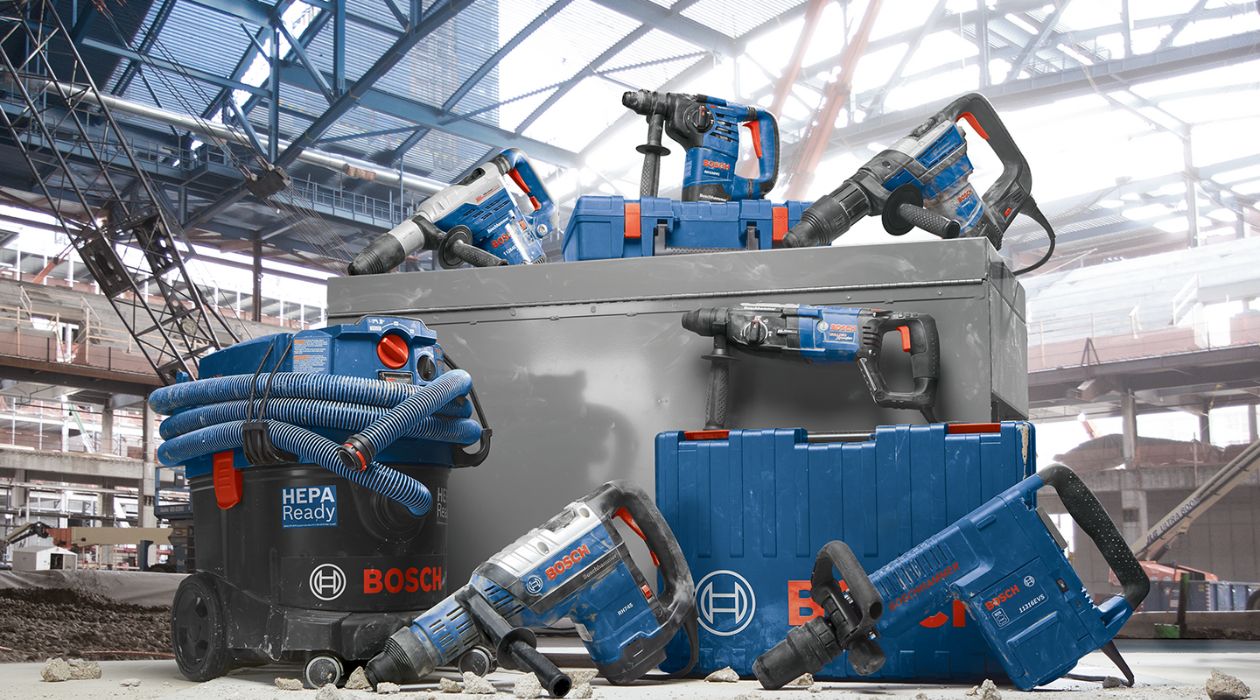
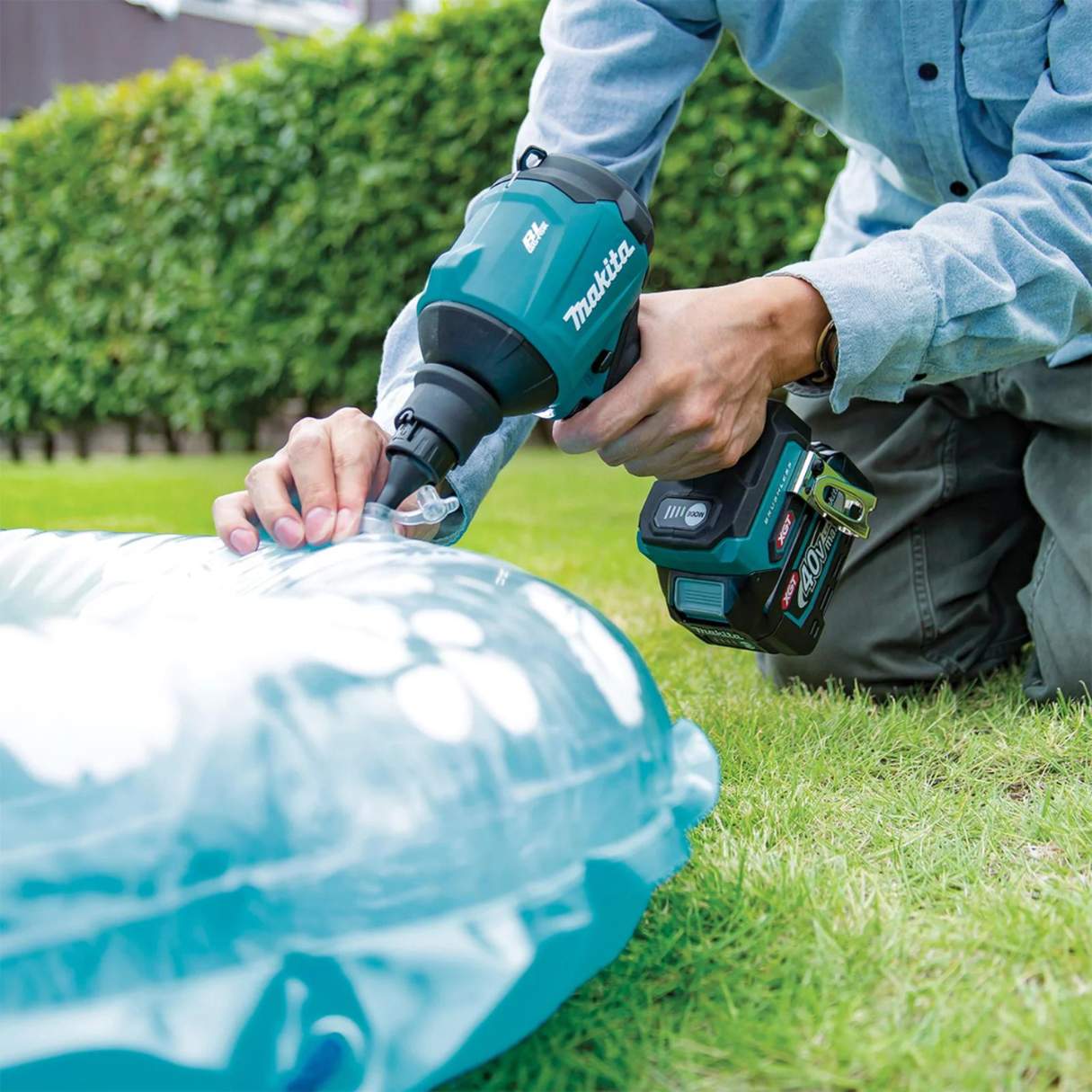
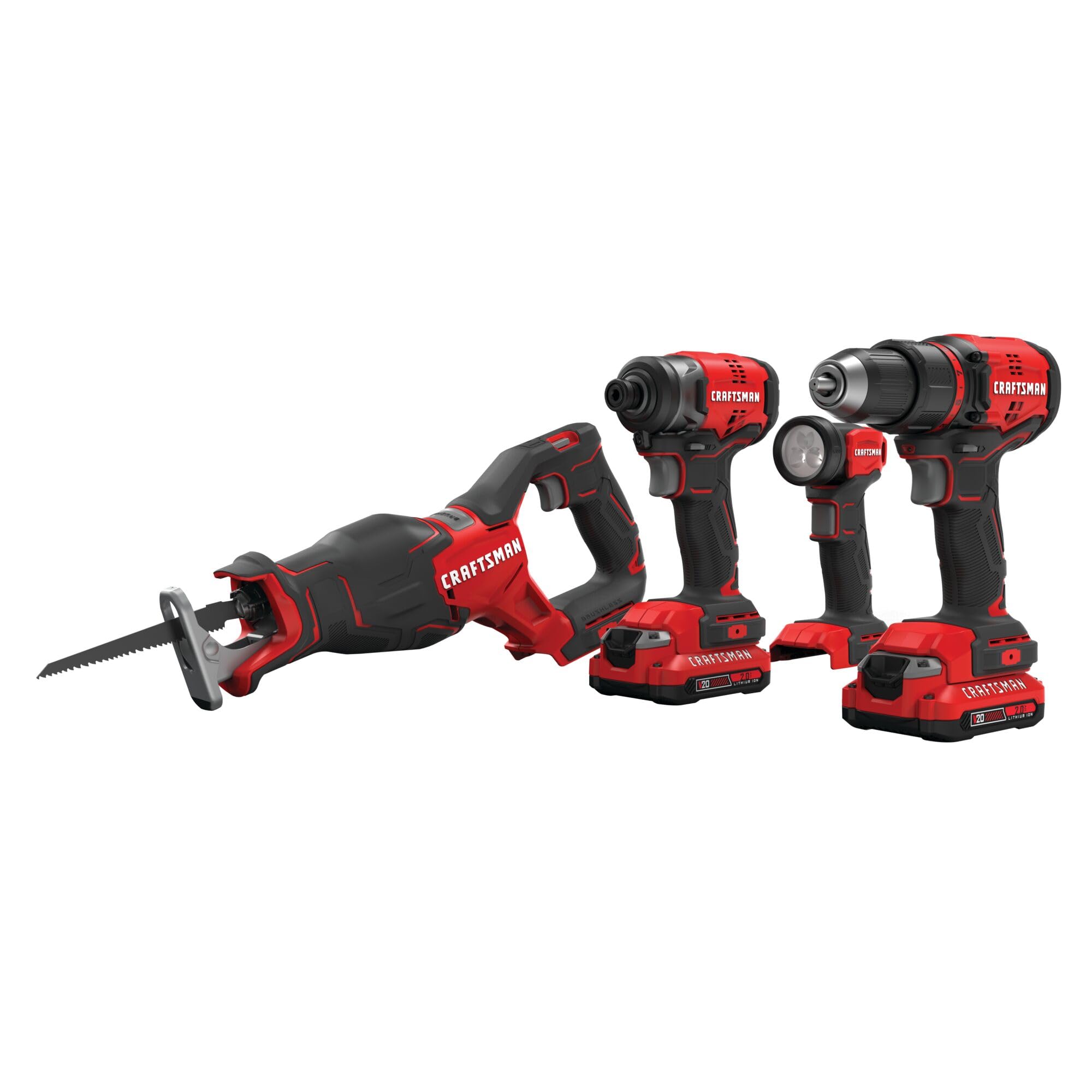
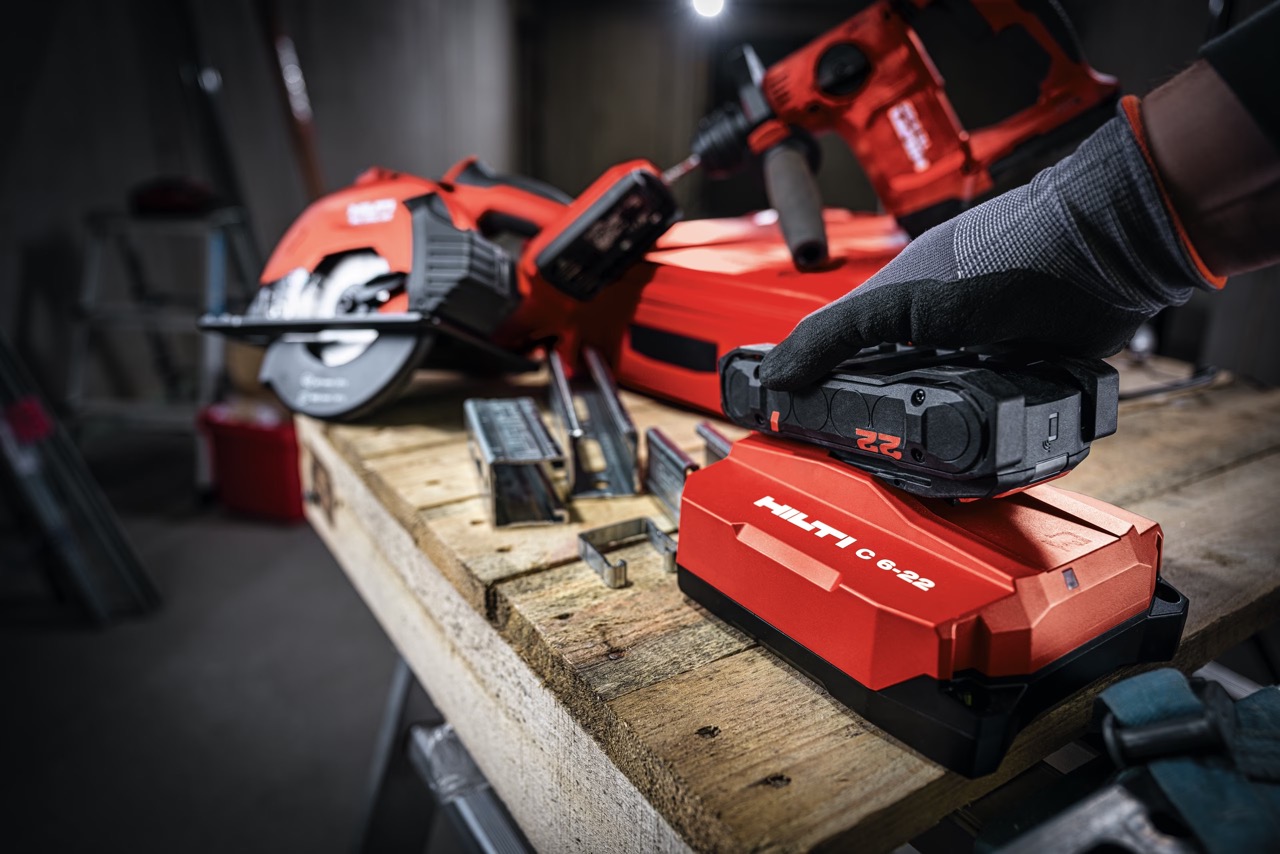

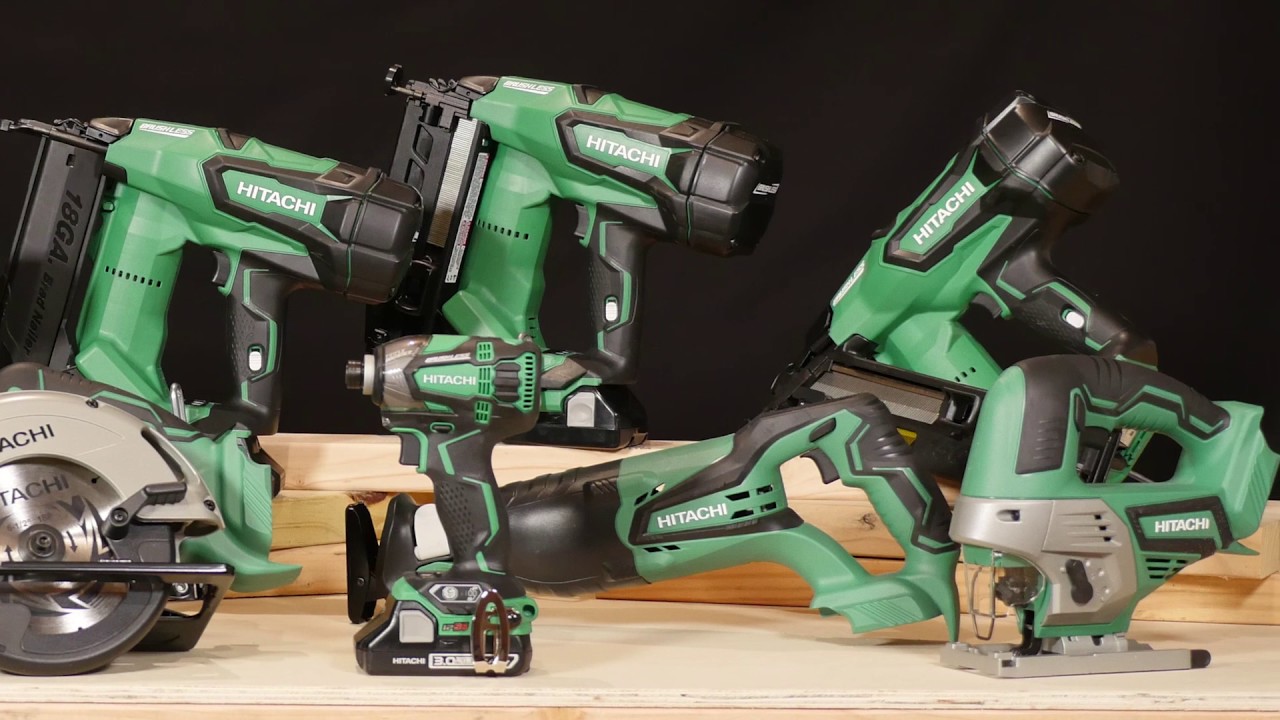
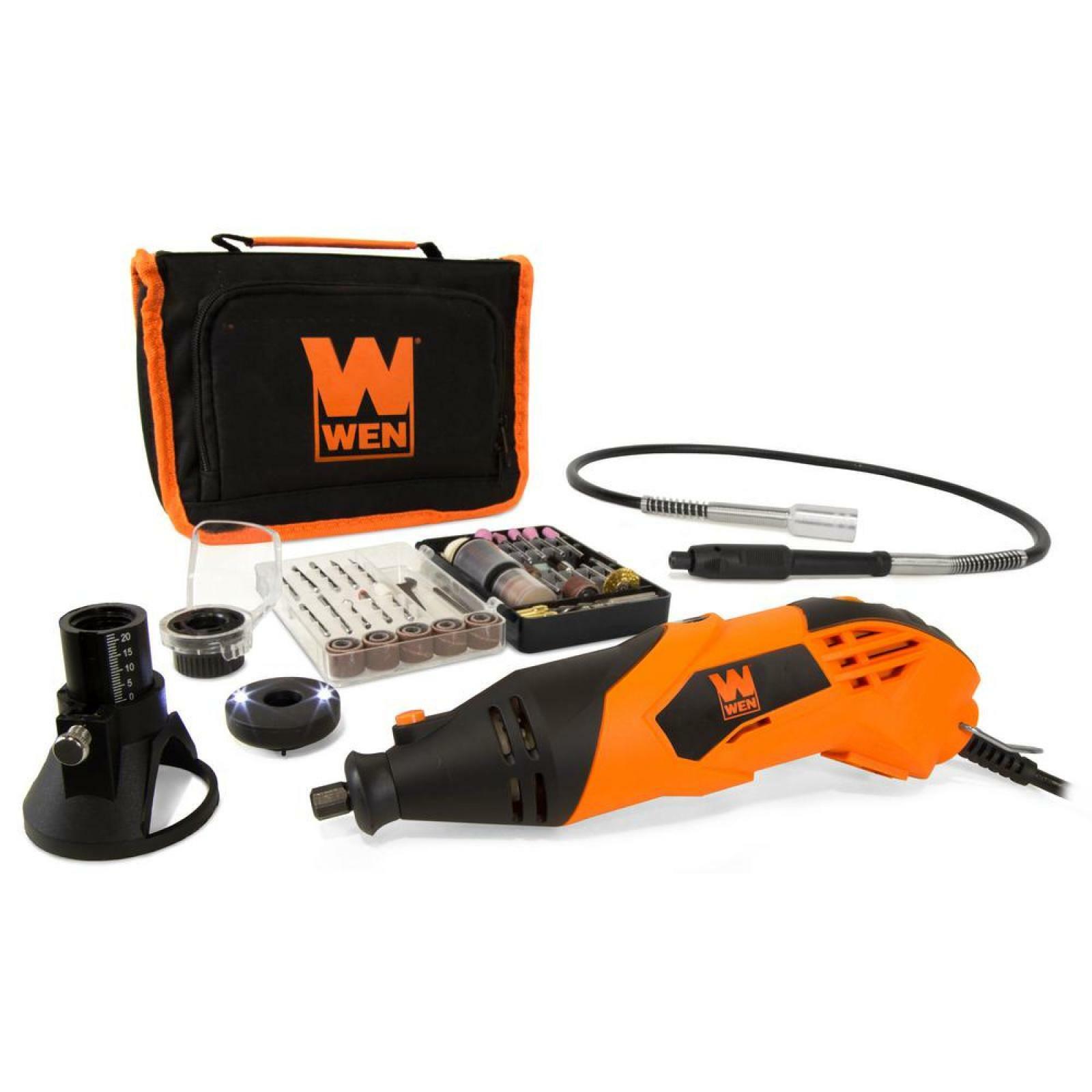
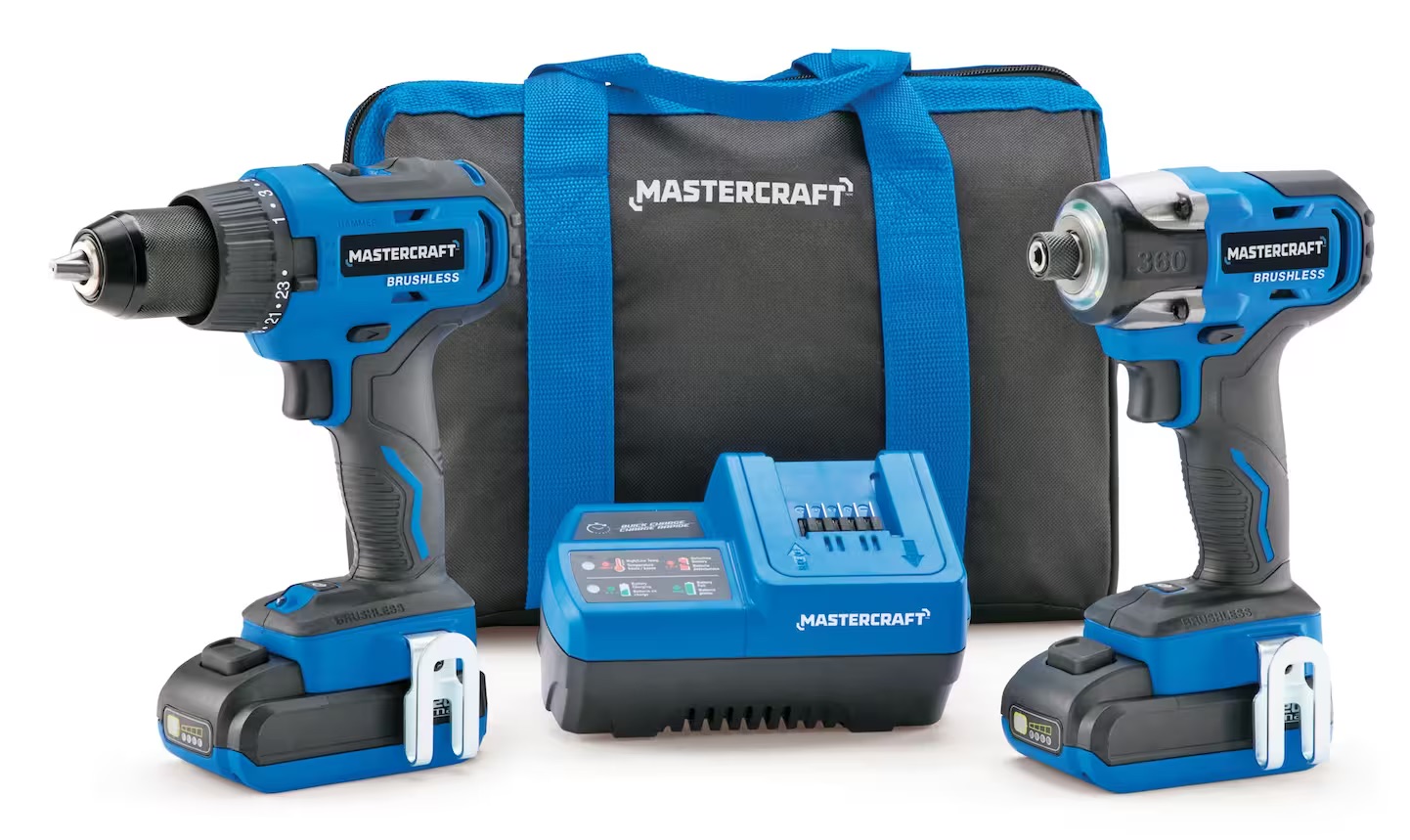

0 thoughts on “Who Invented Cordless Power Tools”